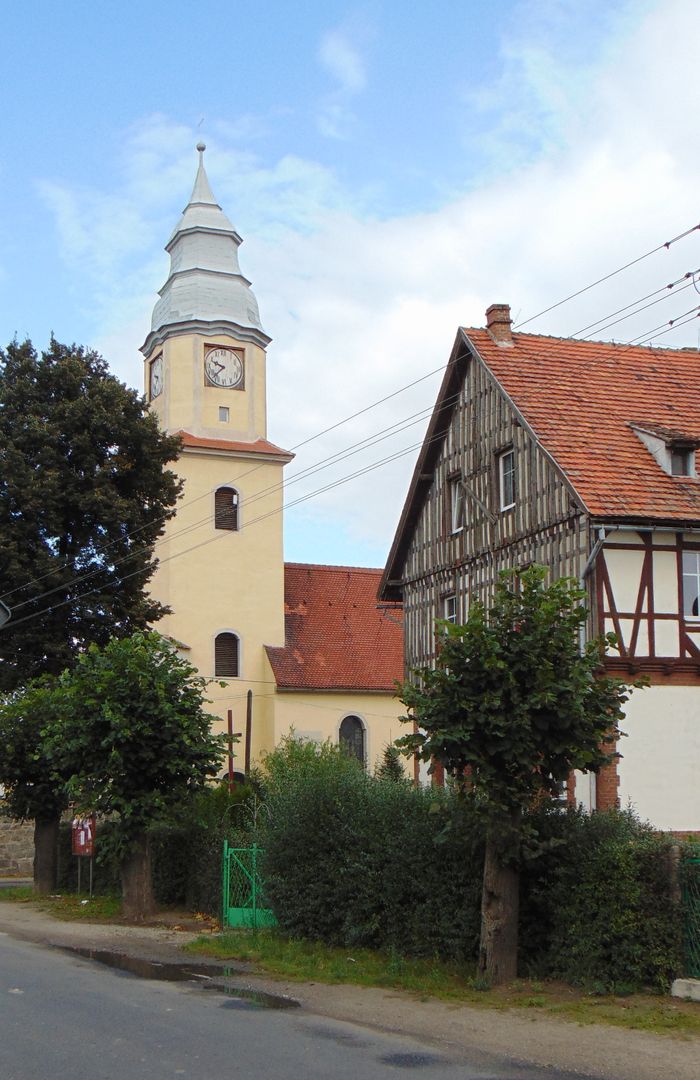Goscislaw
6.38

Overview
Gościsław is a village with an urban layout along the road leading from Rusko to Pielaszkowice, featuring a characteristic street development pattern, where roads branching off to the south lead to Mieczków. The preserved building structures align with the topographies from 1826 and 1936. At the center of the village stands the historic parish church of St. Simon and Jude Thaddeus, built in the 14th century and transformed in the Baroque style in the second half of the 18th century. The structure is characterized by its masonry architecture, with details rendered in plaster, and its interior is richly decorated with Neo-Baroque elements. Also listed in the heritage register are the church cemetery and the farm buildings, including the rectory, which has been rebuilt several times, and a Catholic school from the late 19th century.
Gościsław has a rich history dating back to the 12th century, when it was first mentioned as Gostizlauia, and in 1268 it was granted German town rights. For many years, the village was owned by the Cistercians from Krzeszów, and after the secularization of their estates, it passed into private hands. In the 19th century, the estate was leased and changed owners several times, including the von Kramsta family. Another interesting aspect is the village’s development: despite experiencing a fire in 1826, it continued to grow economically in the following years. Before 1945, Gościsław was home to numerous farms, and its population was diverse in terms of religious affiliation. The monuments and history of the village form a unique cultural heritage of Lower Silesia.
Location
2025 Wizytor | All Rights Reserved